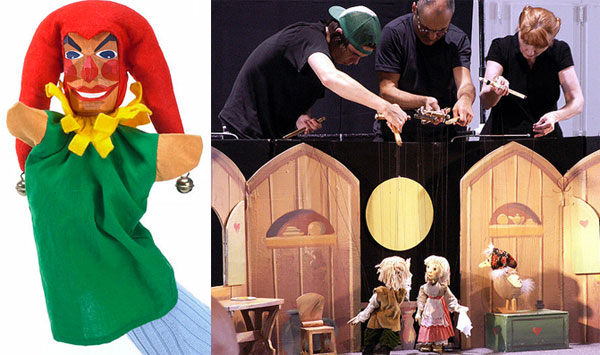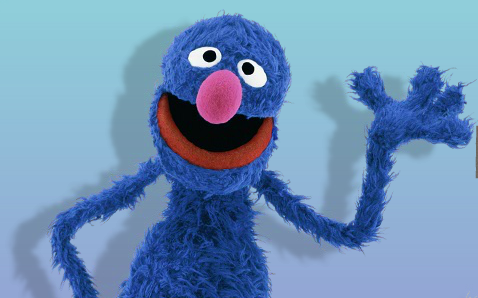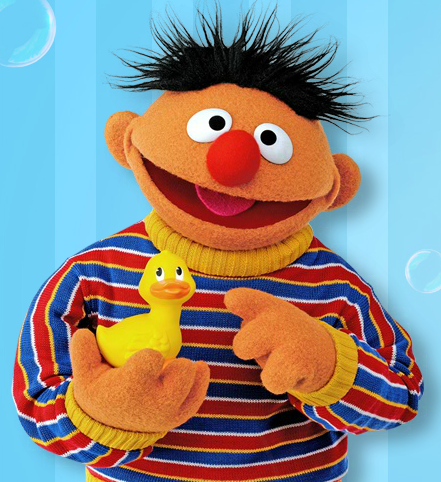The Mechanics of Muppets
by Andrew Boyd
Today, engineering entertainment. The University of Houston's College of Engineering presents this series about the machines that make our civilization run, and the people whose ingenuity created them.
Frank Oznowicz had a life changing experience in 1961 at the age of seventeen. Oz, as he'd later be known, was attending the Puppeteers of America convention in California where he met, 'this very quiet, shy guy who did these absolutely ... amazing puppets that were totally brand new and fresh, that had never been done before.' The guy he was referring to was Jim Henson, and these amazing puppets were called Muppets.
Henson's workshop would create many memorable Muppets over the years, with the most endearing — and enduring — found on Sesame Street and The Muppet Show. Sesame Streetalone is seen in over 140 countries and watched by hundreds of millions of viewers. What is it about the Muppets that's made them so popular?
For one, Muppets are neither marionettes with their complicated strings, nor are they as limited as simple hand puppets. They borrow from both.

Muppets are operated in one of two basic ways. With hand-rod Muppets, the puppeteer's right hand fits into the Muppet's head while the left hand operates the Muppet's arms with rods. When the Muppet's head is made of soft material, the puppeteer's right hand not only moves the Muppet's mouth, but can express feelings. Kermit the Frog brims with emotion when dealing with the mishaps of Fozzie Bear or the advances of Miss Piggy.
The second type of Muppet is the live-hand muppet. Here, the right hand is placed into the head, just as with hand-rod Muppets. But the left hand is placed into the Muppet's left arm. This arrangement allows the Muppet to grasp things. And the Muppet's right hand? It's operated by another puppeteer, which requires the puppeteers to coordinate in close proximity. To those in the trade, the second role is called right-handing, and it's given to the more junior puppeteers. Cookie Monster is free to gobble cookies thanks to live-hand puppeteering.
Of course, the Muppet's mechanics contribute to their popularity, but it's the characters that audiences have grown to love. Who can resist Dr. Bunsen Honeydew and his hapless assistant Beaker? Or Animal's animated drumming? Or the Swedish Chef?
[audio: Swedish Chef]
Jim Henson's colorful creations have charmed generations of fans, young and old. And it's all thanks to a little creative technology and a lot of imagination.
I'm Andy Boyd at the University of Houston, where we're interested in the way inventive minds work.
[audio: Muppet Show theme song]
Notes and references:
There are many variations on the two basic types of muppet discussed here. See the references for a more detailed discussion.
This episode has used the term muppet generically. The characters from The Muppet Showare owned by the Walt Disney Company, and those found on Sesame Street belong to the Sesame Workshop. The Jim Henson Company retains rights to others, including the characters from Fraggle Rock.
Frank Oz. From the Wikia website: https://muppet.wikia.com/wiki/Frank_Oz. Accessed February 21, 2012.
Hand-Rod Muppet. From the Wikia website: https://muppet.wikia.com/wiki/Hand-Rod_Muppet. Accessed February 21, 2012.
How Muppets Work. From the How Stuff Works website: http://entertainment.howstuffworks.com/muppet.htm. Accessed February 21, 2012.
Live-Hand Muppet. From the Wikia website: https://muppet.wikia.com/wiki/Live-Hand_Muppet. Accessed February 21, 2012.
The puppet pictures are from Wikimedia Commons. The picture of the hand-rod puppet Grover and the live-hand puppet Ernie are from the Sesame Street website.
This episode was first aired on February 23, 2012

